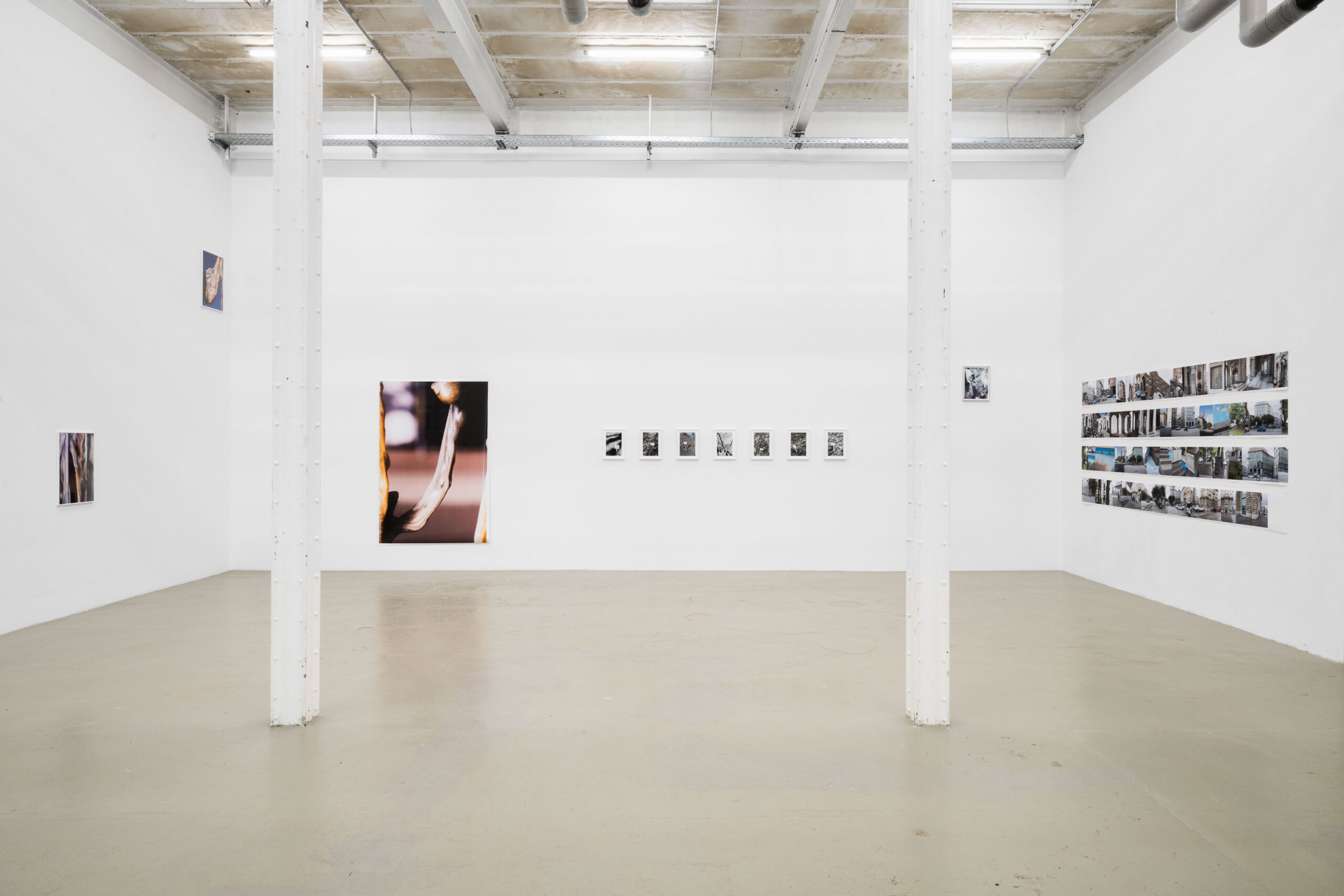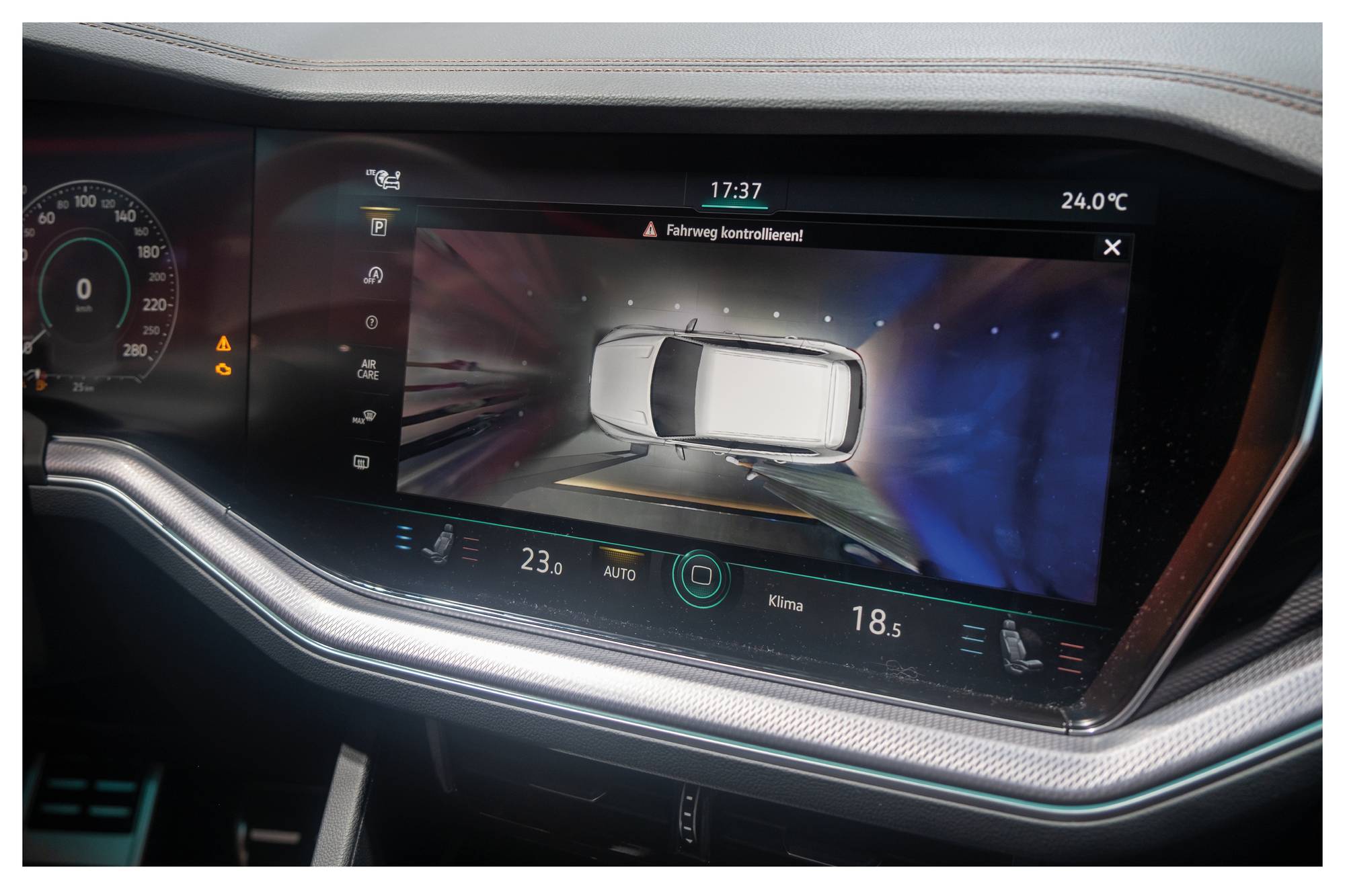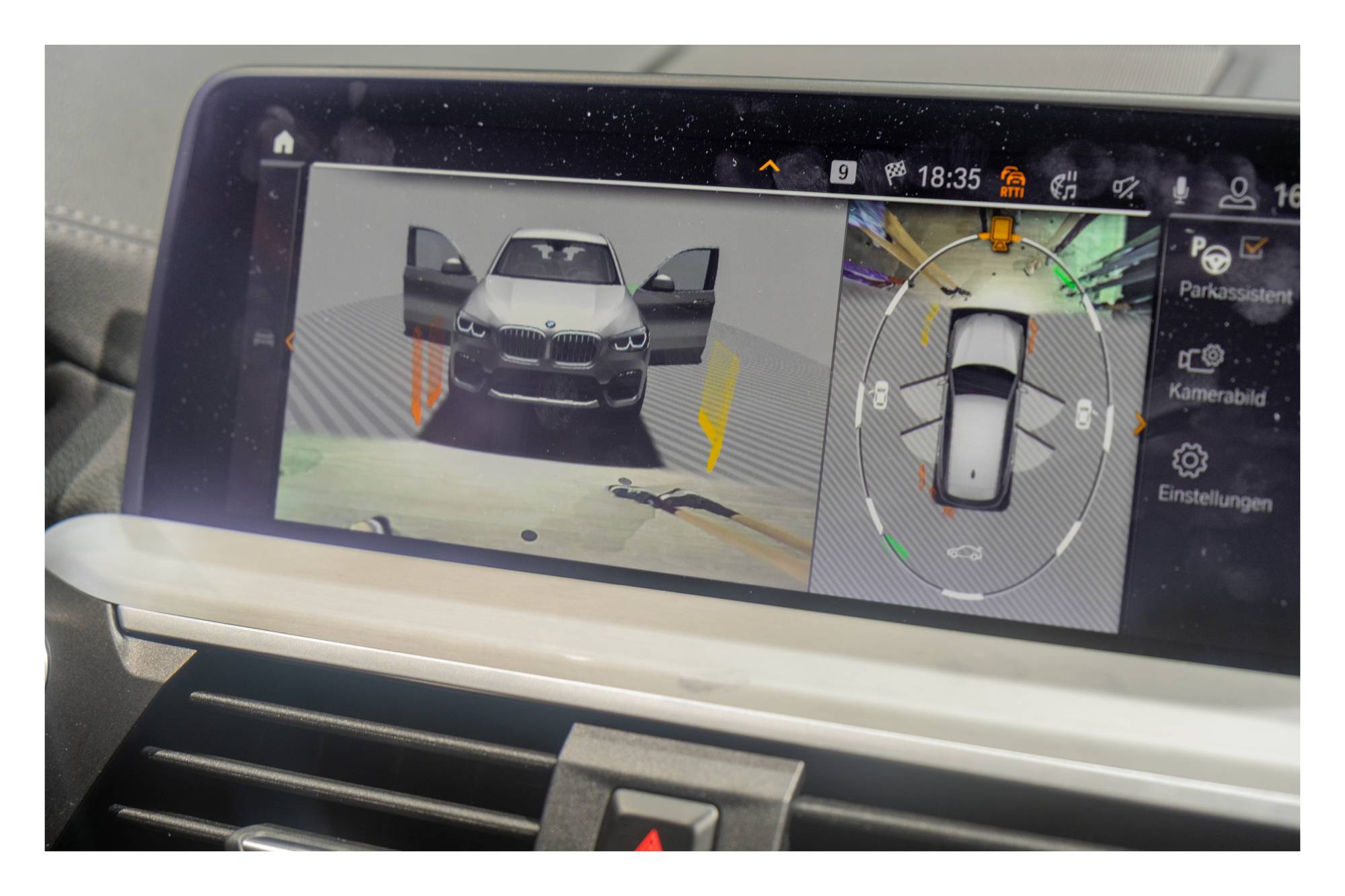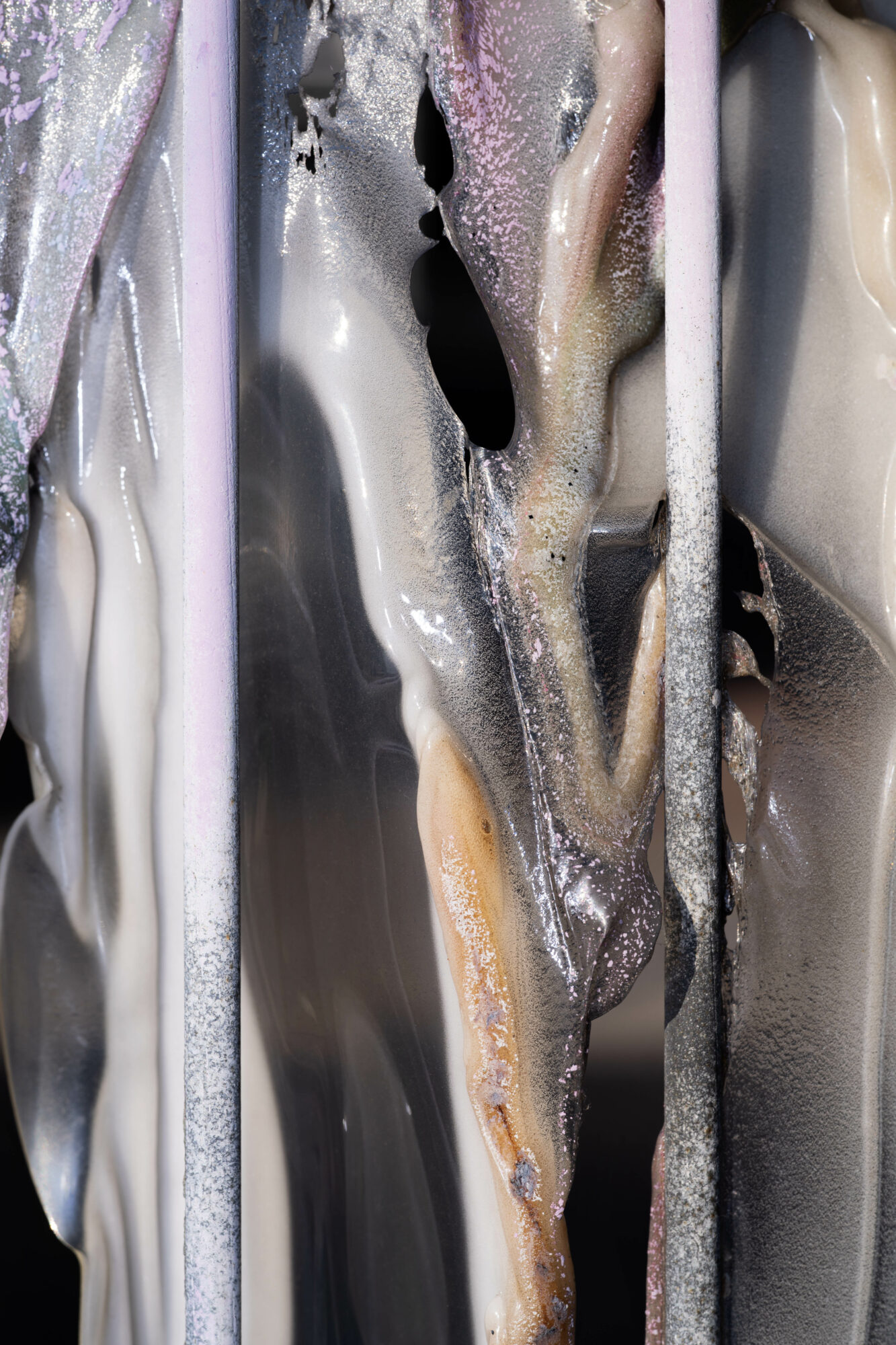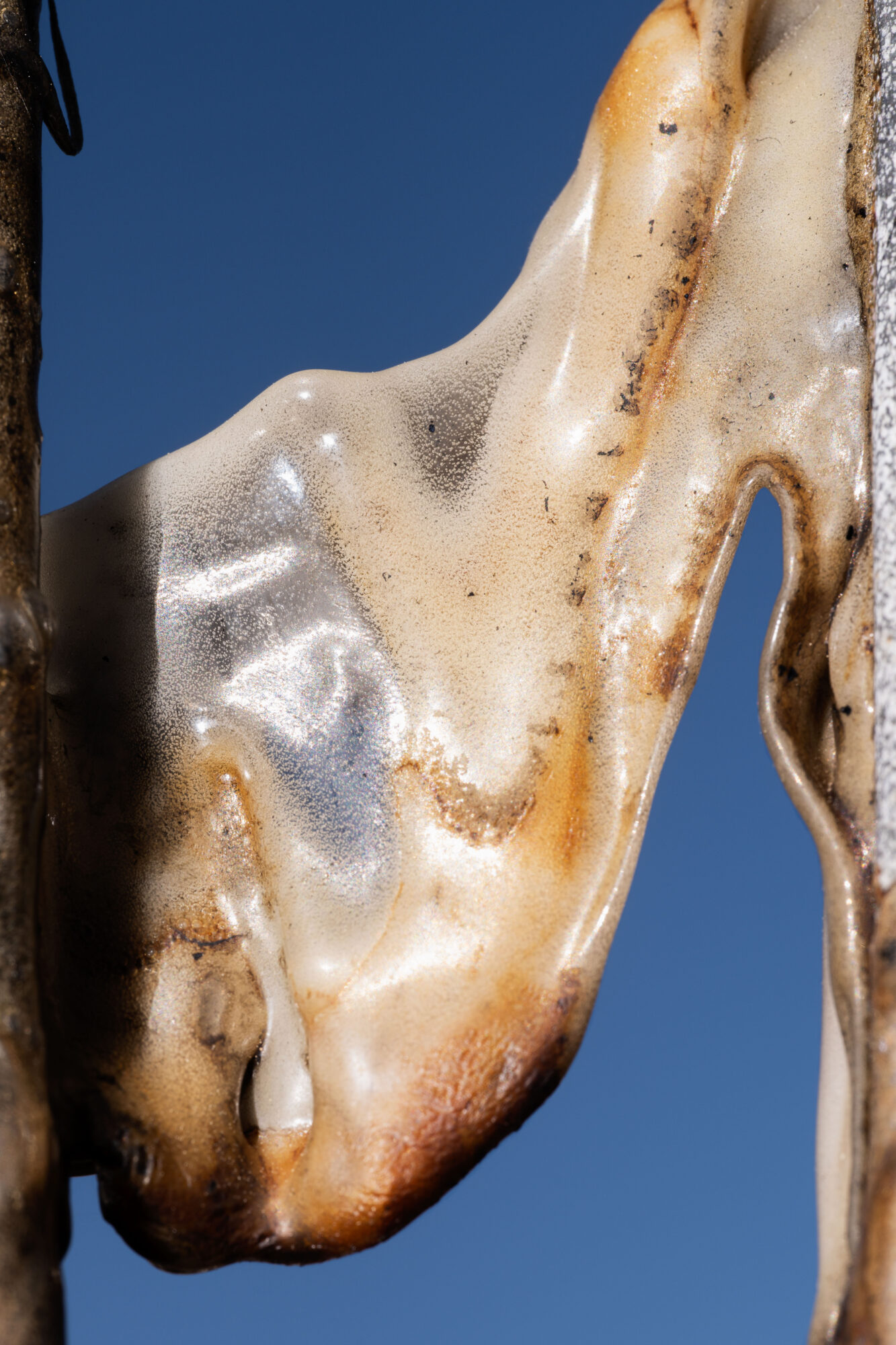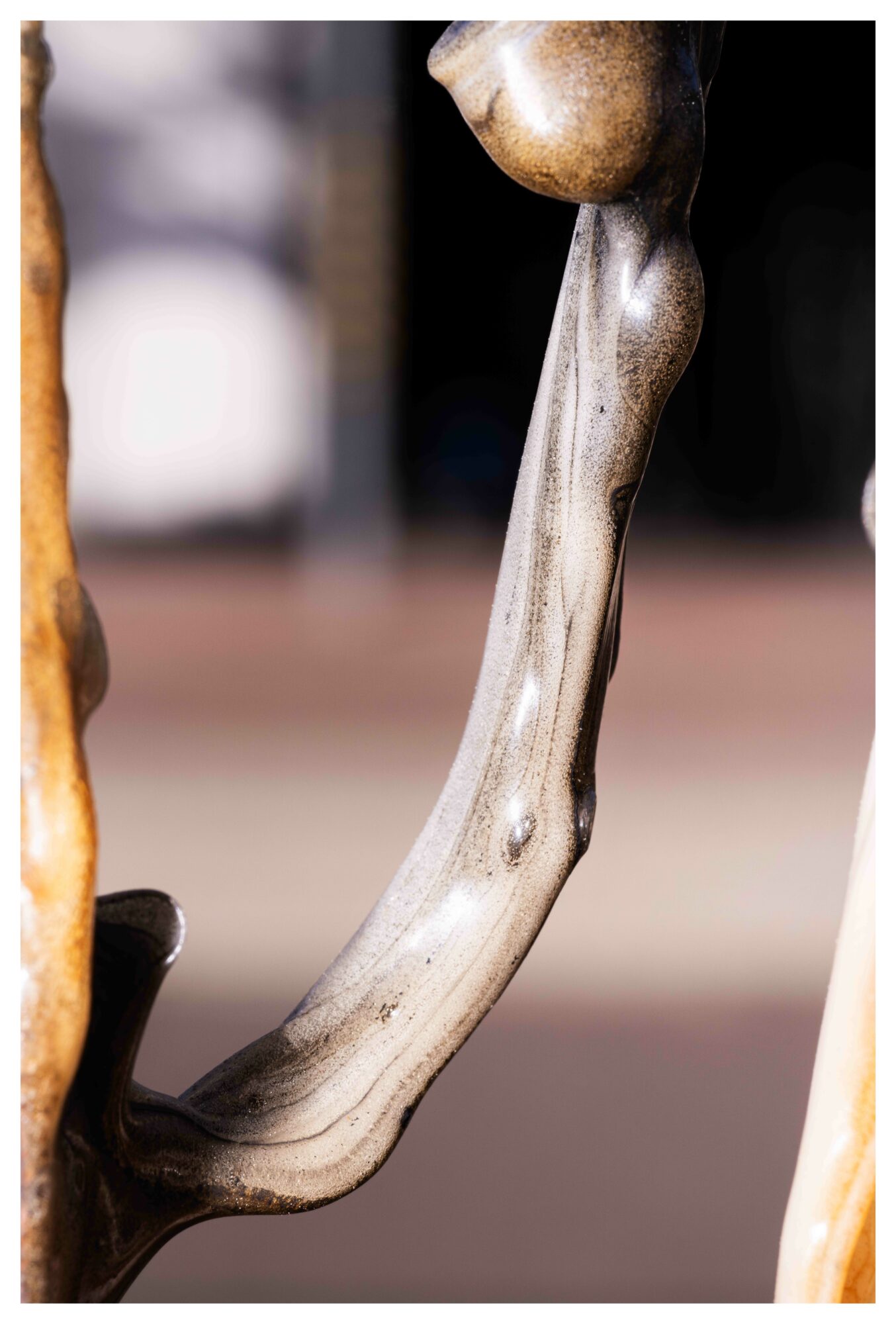
Habitable Zone
The exhibition explores the idea of a habitable zone as a space in which life is not only possible, but also a condition for transforming individual experiences into artistic projection spaces. The universe, the city, the gallery space and the studio itself thus form the starting point and interface of real and possible spaces. The different artistic processes of Doris Frohnapfel, Caroline Hake, Timo Hinze, Florian Merdes, Heide Nord and Anna Vovan also illustrate the scope of photographic work.

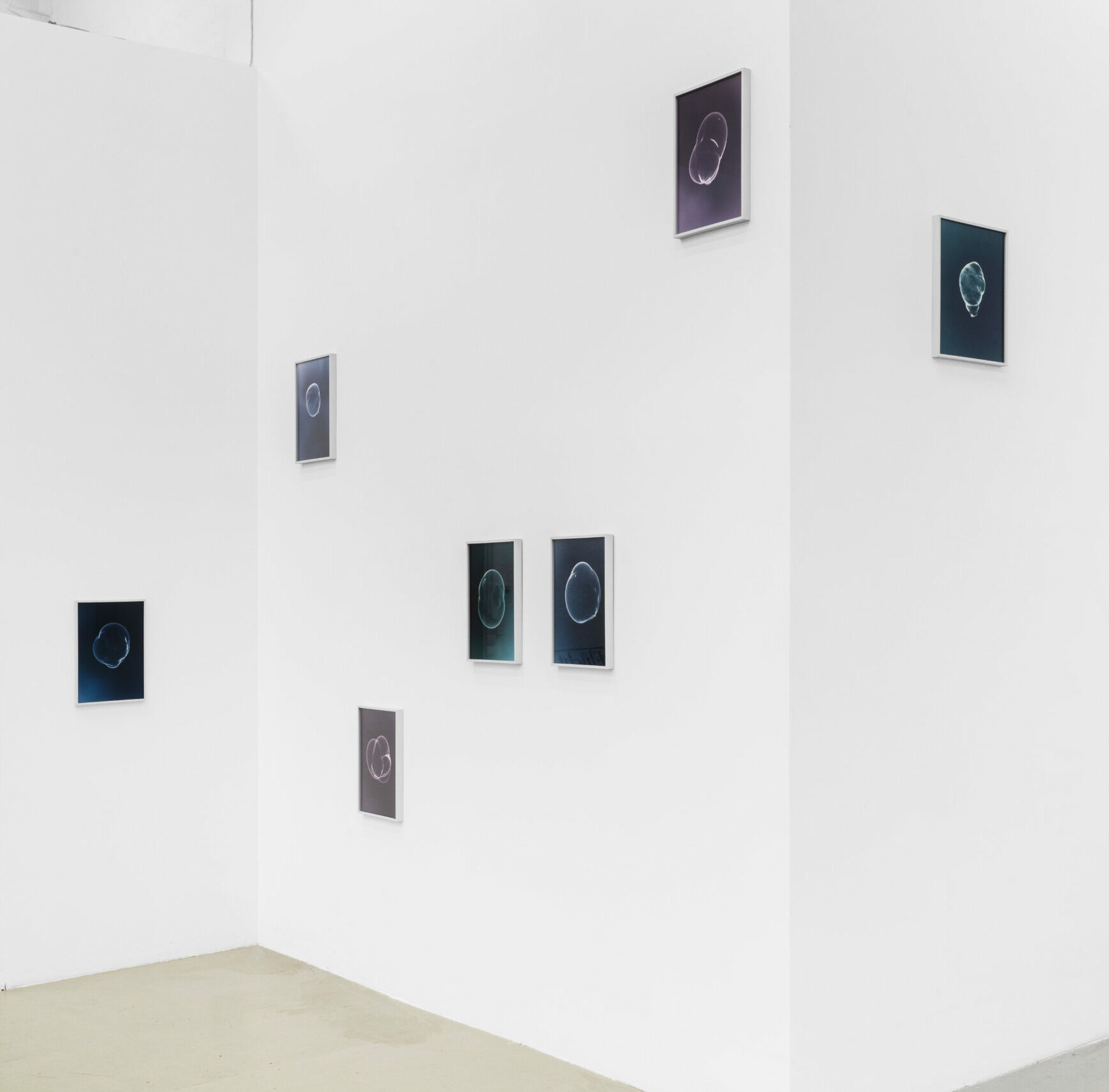
Timo Hinze – Auto (2024)
For the group exhibition „Habitable Zone“, Timo Hinze has made a selection from a series of works that show different perspectives on modern driver assistance systems and rearview cameras in vehicles. The photographs capture the aesthetics of the digital displays and the light reflections in the screens, while at the same time showing the precision and technology of modern cars.
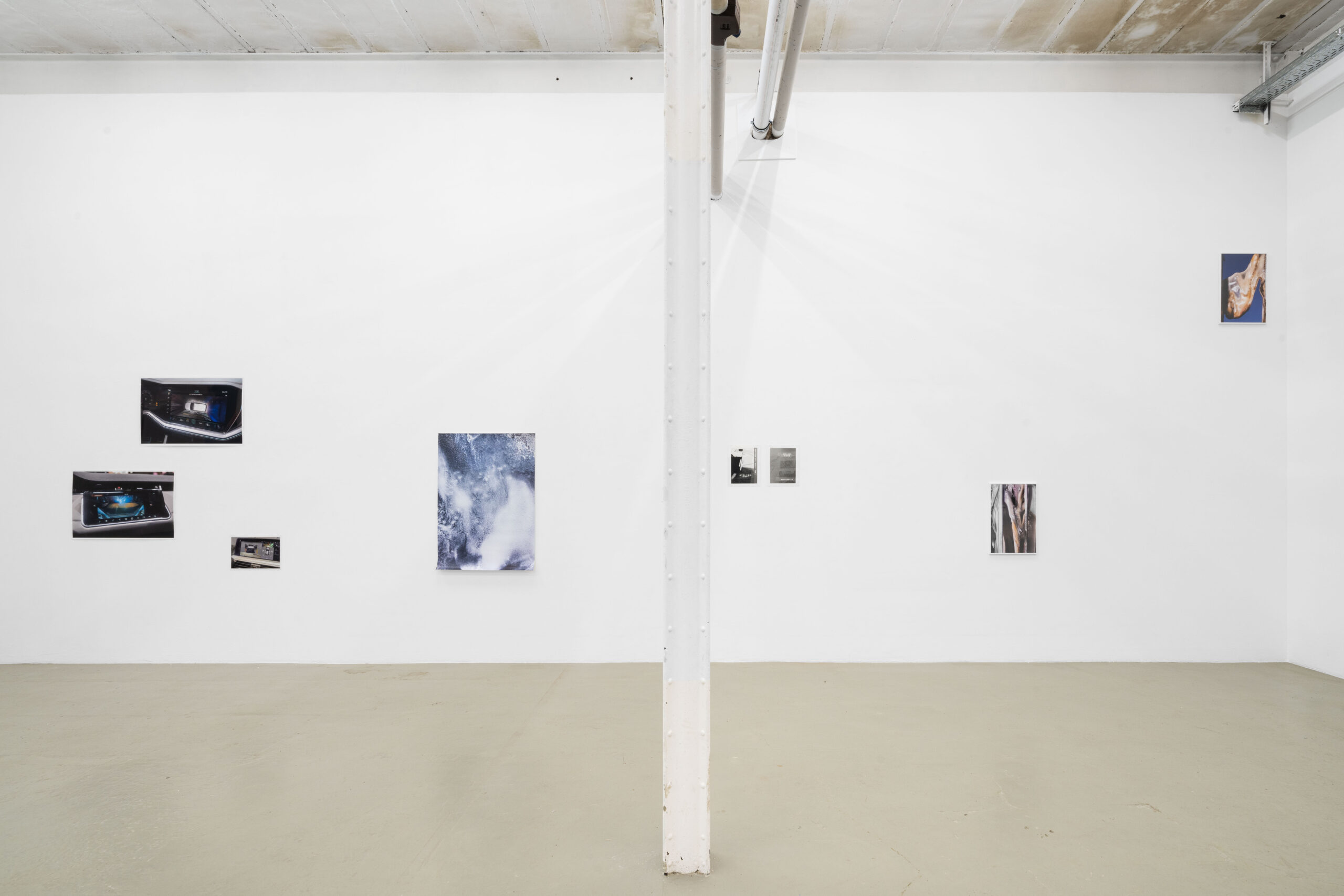
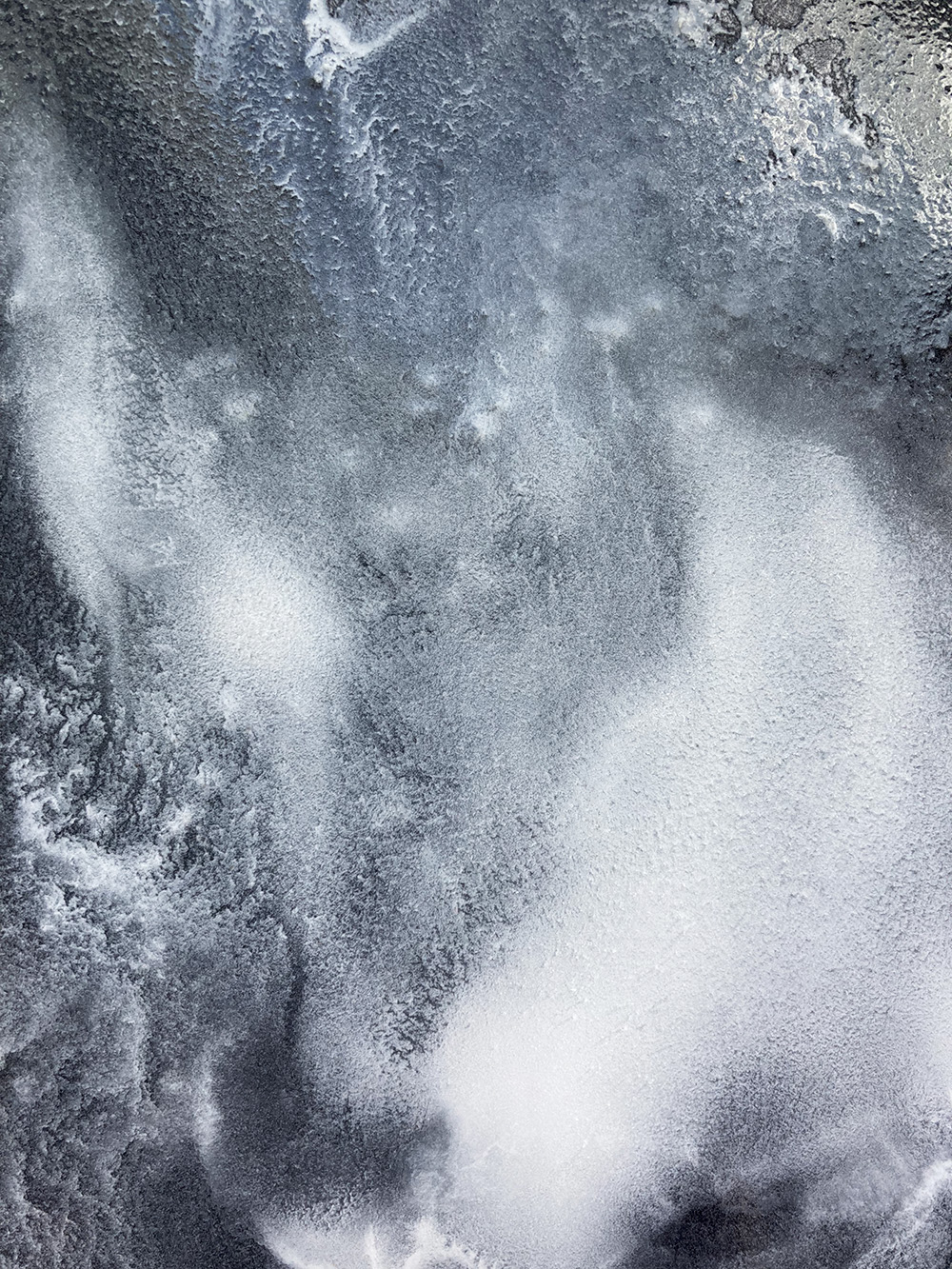
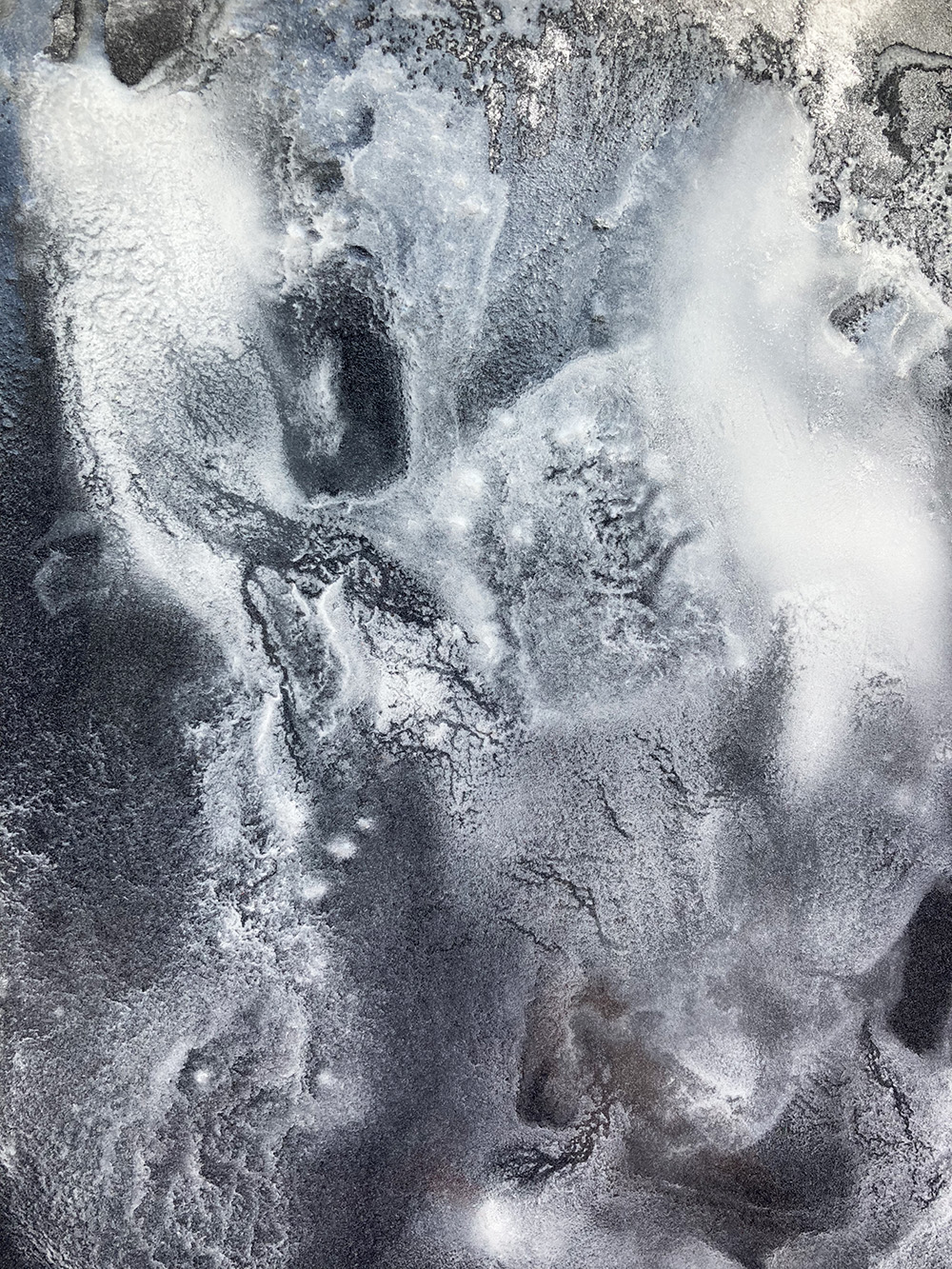
Heide Nord – Sea of Dreams (2023)
[…] In the photographs of the series Sea of dreams, Heide Nord plays with our gaze and our expectations […] they seem to refer to the complex of cartography […] In fact, they show photographs of sandpaper that Heide Nord used to smooth the sawn edges of the acrylic glass objects […]. […] These are fictitious space images whose process of creation is reminiscent of the conditions of early science fiction […] Material worked on in endless manual sanding processes ultimately produces, as if by itself, an image of a fictitious space for the viewer to conquer.
from "Many Moons" by Carsten Tabel
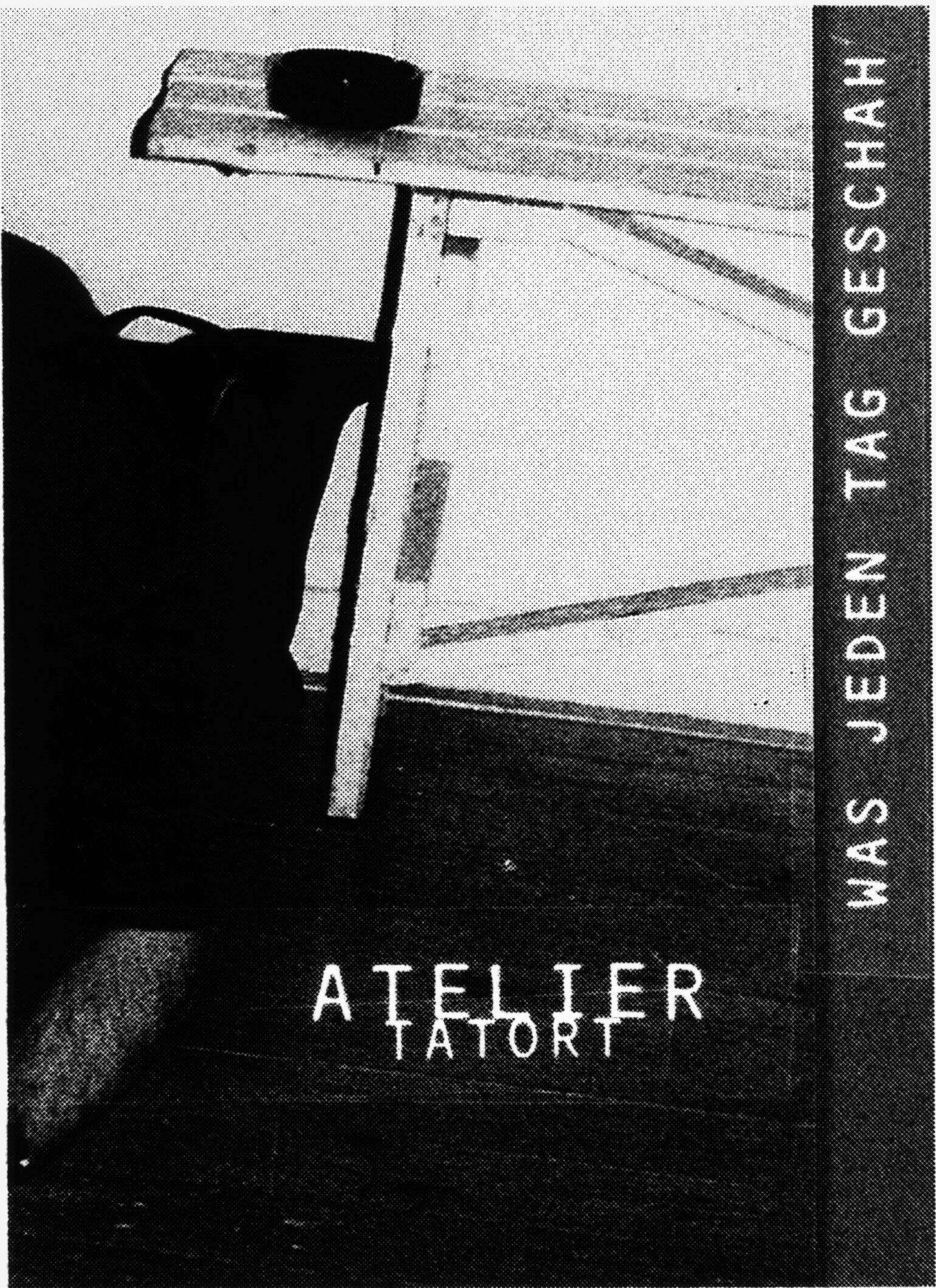
Doris Frohnapfel – Fotoskripte (1994)
The pictures are analog (negative) collages of screened lithographic films and snippets of (film) text, taped with Ulano foil to a format of 4.5 x 6 cm and enlarged in an analog photo lab. The film collages were created in 1994 from leftovers/waste. The excerpts depict fragmented spatial impressions and word/meaning fragments that tentatively suggest existential affective case constellations of artistic work and research in the artistic working space, the studio. The works were reissued in 2021 for the exhibition at Galerie M29 under the umbrella term „Fröhliche Wissenschaften“. Thematically, reference is made to the studio as a laboratory or scientific space for artistic work.
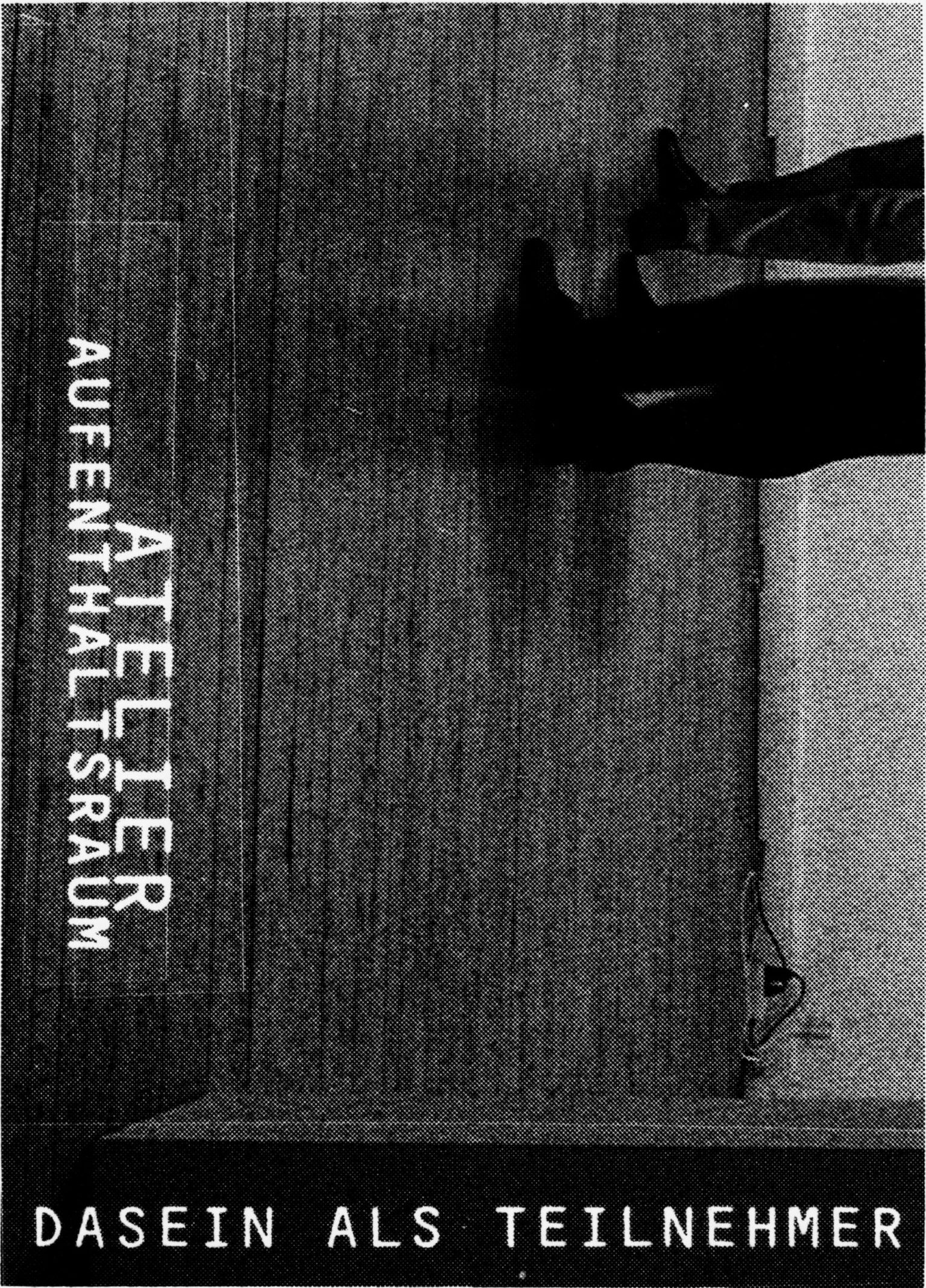
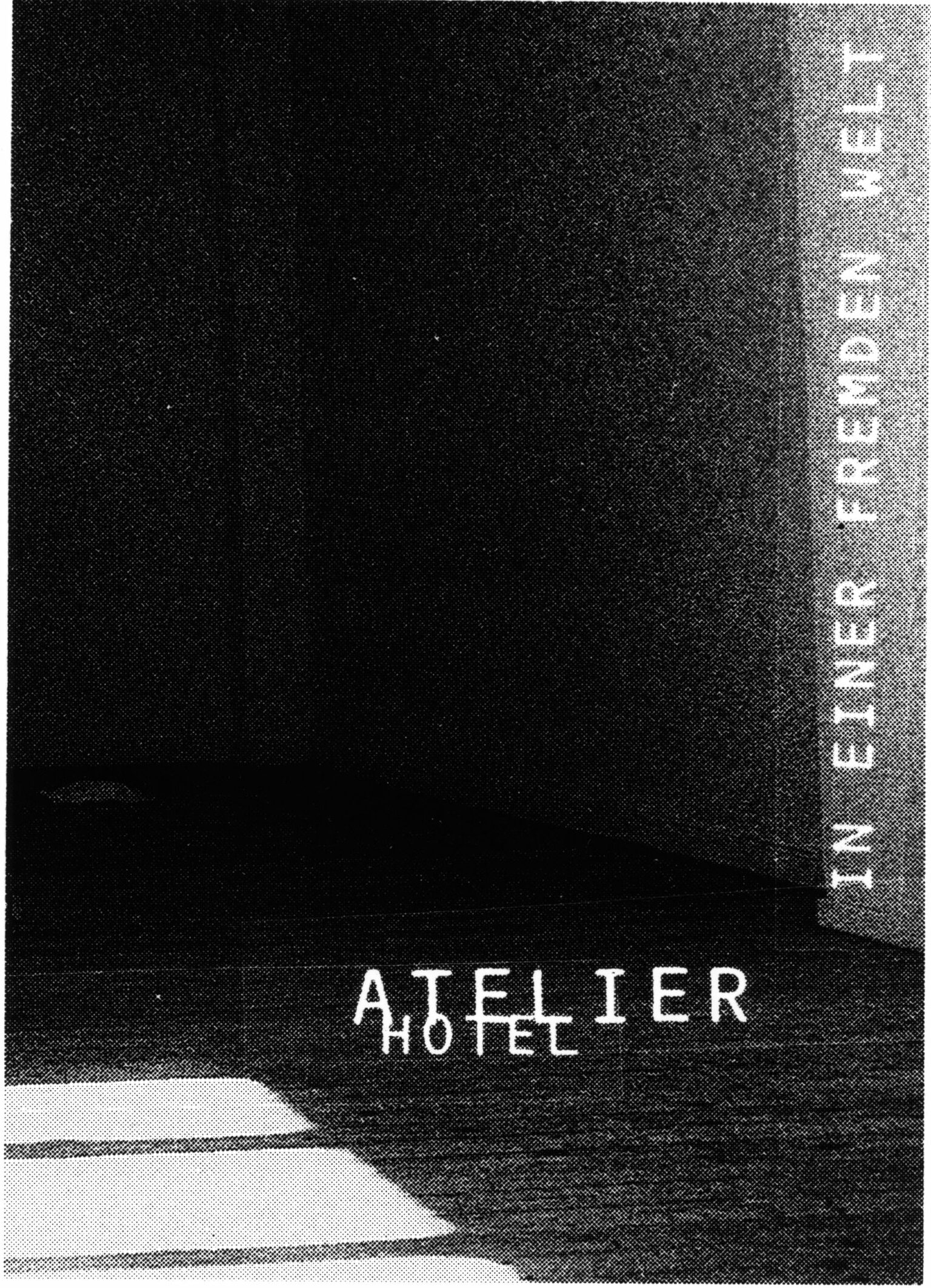

In the fragment of fence at the edge of the city, a trace of the future can be seen / Plastic in the pyrocene – or plastocene in fire? / Liquid, solid, hot, cold, artificial, natural. / The distinctions become unstable / Being part of the other. / In and out / Without a counterpart in the new us, it not only resembles, but already is.
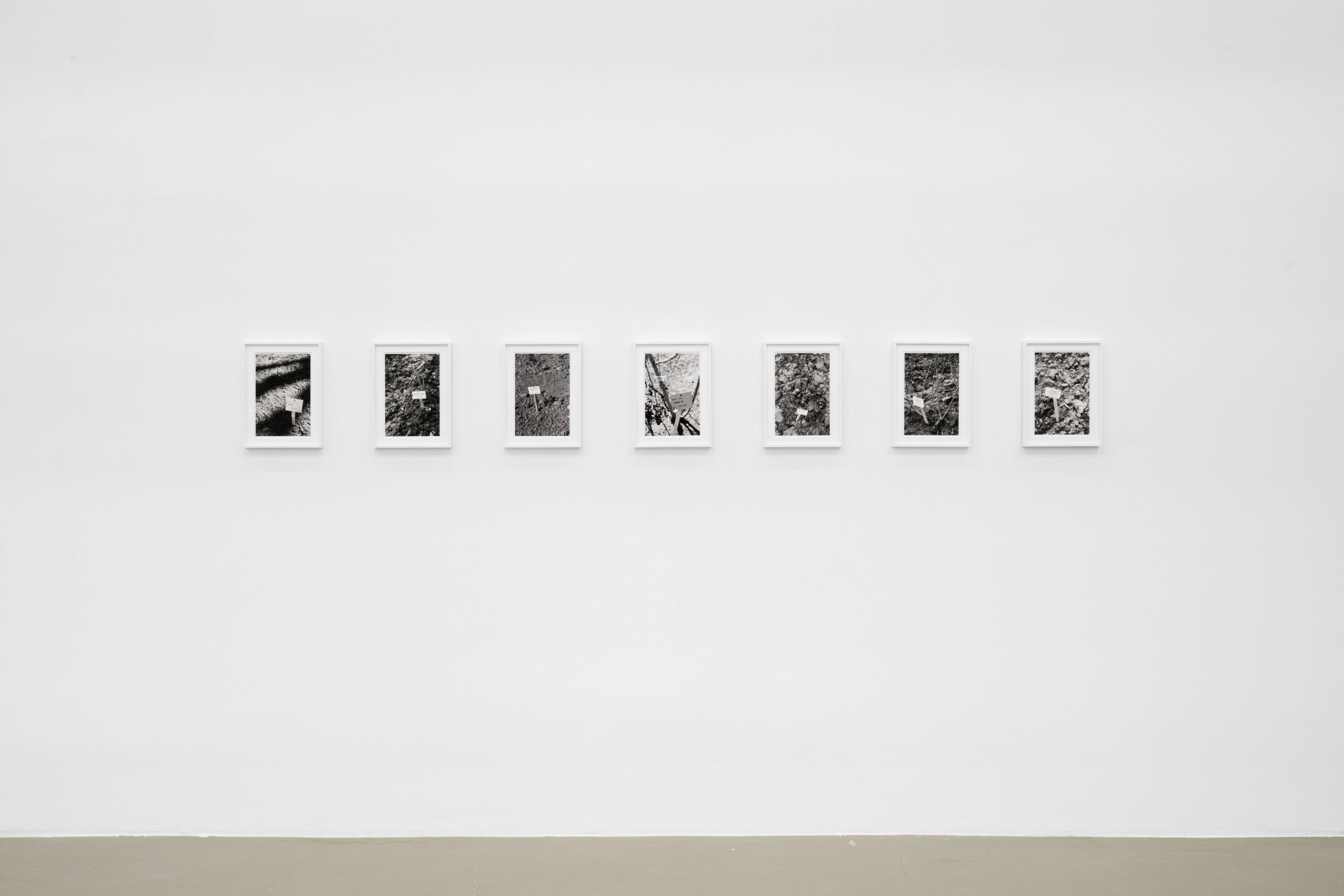
Heide Nord - Space Roses (2021)
Heide Nord’s black and white photographs deal with […] signals that point beyond their pure information content. […]
The small text panels show titles such as APOLLO XI, WOSCHOD or KOSMOS, with the roses in their dormant state in the background. On the one hand, the images refer to a pioneering idea […] On the other hand, the supposedly unspecific plants appear as placeholders […] In this respect, the roses are directly linked to the history of space travel during the Cold War. The inscribed panels assigned to them refer to the systematic mapping of space and in this sense function as reference objects.
from "Ständige Signale" by Marcus Schüler
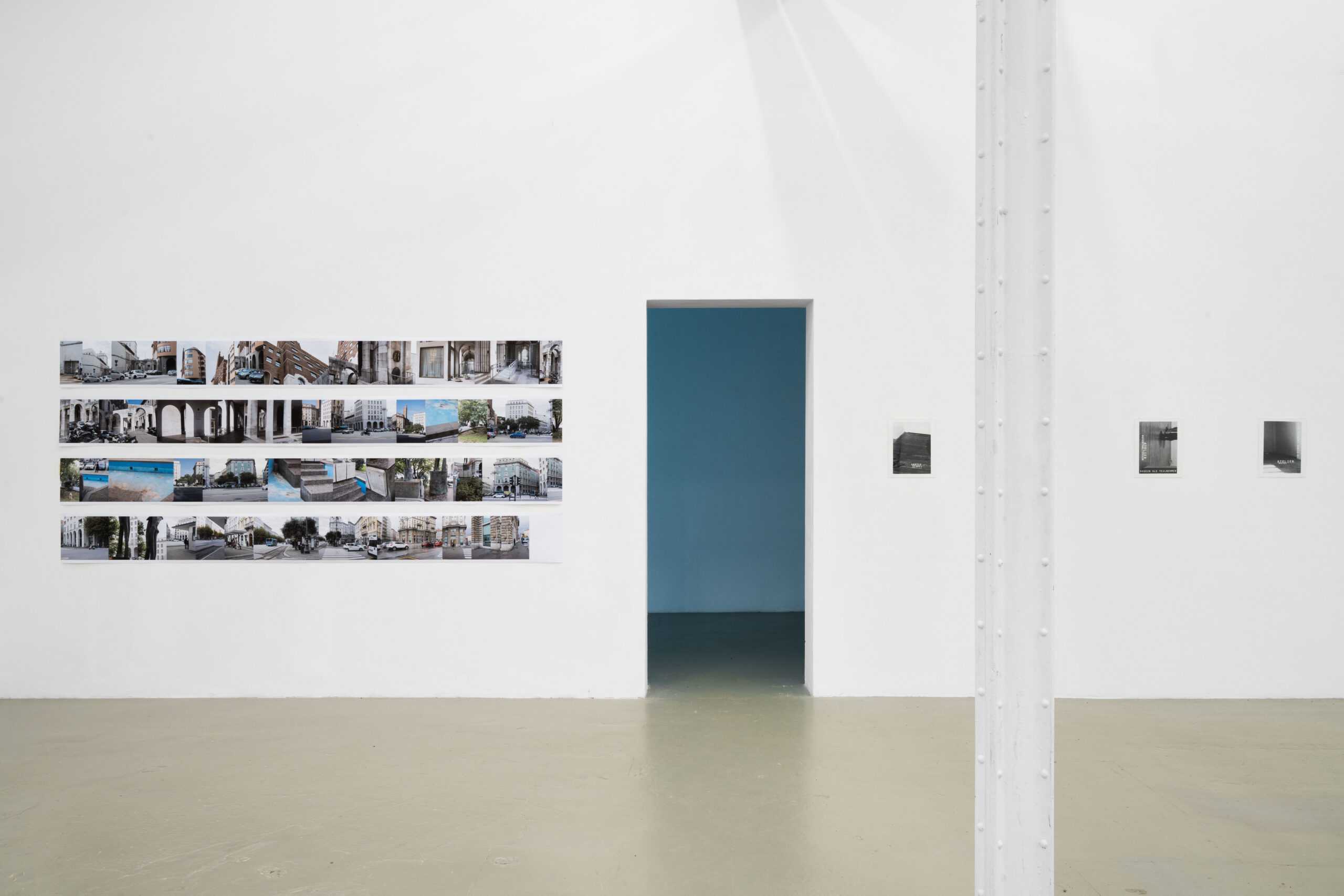
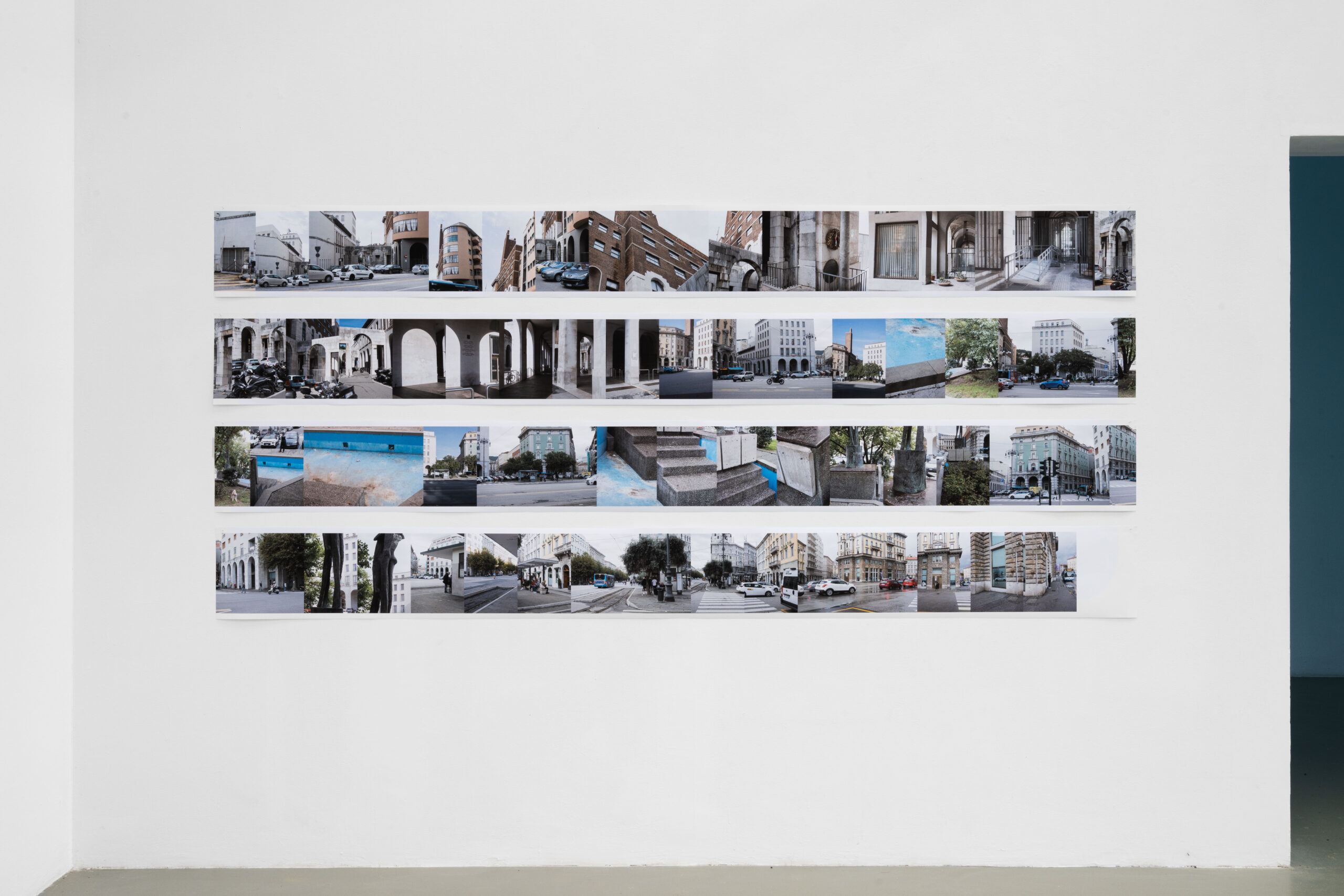
Caroline Hake – Piazza (2024)
Piazza Oberdan in Trieste was successively converted into a modern government and military center after Mussolini seized power. The buildings represent the power and ideology of Italian fascism.
Since 1974, a bronze statue by the artist Marcello Mascherini has stood on this square, depicting two figures embracing and symbolizing the „Song of Songs“ (Bible, 1 Cor 13). Officially, it was said that this statue was erected posthumously as a memorial to international understanding in the spirit of the artist. A supposed attempt to counter the architecture of fascism and not to accept it without comment in the public space. After research, however, it turned out that Marcello Mascherini was honored by Mussolini himself and his government apparatus for his works and continued to be promoted and revered as a prominent artist after the end of fascism.

Timo Hinze - Draft (Slideshow) (2017)
Draft (slideshow) shows photographs of computer-generated images of buildings under construction, which can be seen on construction boards and fences. Rendering is the image technique of speculation, it is able to make designs appear real in computationally intensive processes. The pre-visualized image functions like a visual warrant, it is a sign of an extension of the current production and representation of life models deep into the future. In these images, the design becomes real. They show potentiality as that which is real. Mon, Tue, Wed, Thu, Fri, Sat, Sun – Organized in seven episodes, the work approaches a cinematic narration and creates a portrait of a potential city.
